-
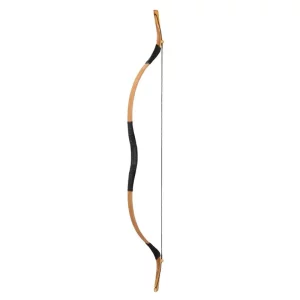
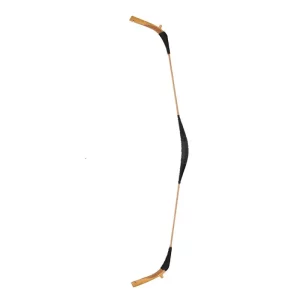 Handmade Manchu Bow 30-60lbs$ 155.16
Handmade Manchu Bow 30-60lbs$ 155.16
Subscribe to our newsletter
Sign up and get promotional offers for our other Silk Road products and services.
What Is A Manchu Bow?

The Manchu Qing Bow holds a special place among archery enthusiasts and history aficionados. It’s a significant emblem of Manchurian heritage and has played a crucial role in military advancements. This composite reflex bow shares some similarities with the Mongolian bow but is distinguished by its unique characteristics, which were vital for the Qing Dynasty’s military success.
One notable feature is its large siyahs, which are not merely decorative but functional, allowing for a greater draw length. This design enabled the bow to launch heavier arrows, delivering more powerful blows, especially effective against well-armored foes.
History of Qing Bows

The Qing Dynasty, which lasted from 1644 to 1912, saw the continuation and development of traditional Manchu archery and bows.
Borrowing the design from the Mongolians, and their ancestors Jurchens, they Qing/Manchu recurve bow is fairly similar to other Central Asian recurve bows, such as the composite and laminated design.
They were made from multiple materials like wood, horn, and sinew. This construction gave them strength and power, allowing for long-range and accurate shooting. Manchu bows played a crucial role in the military strategies of the Qing Dynasty. They were used by both cavalry and infantry units
Thus Qing bows were larger with huge Siyahs, thicker frame, and overall longer length than their predecessors. However beginning in the late 19th century, firearms began to replace the Manchu composite bow and beginning in early 20th century, bows fell out of favor.
Despite the eventual decline of traditional archery in favor of firearms, the legacy of Qing bows and Manchu archery continues to be preserved and celebrated in modern times through cultural events, historical reenactments, and the efforts of archery enthusiasts and historians.
What Is The Draw Weight Manchu Bows?
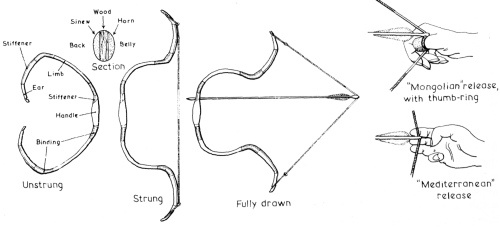
Manchu bows historically had a draw weight ranging from around 60 to 160 pounds or more, depending on the specific design and purpose of the bow.
However, modern-day recreational bows are usually around 20-60 lbs, but you can find draw weights closer to 100 lbs from custom bowyers. Beginners are recommended to go with 20-40 lbs and 50-60 lbs if you are very strong or intermediate level archer.
Manchu Qing bows were known for their considerable power and heavier draw weights when compared to other types of recurve bows such as the Mongolian or Turkish bow.
Traditional Qing recurve bows tended to be slightly larger and were also often used on foot, so Manchu longbows were sometimes more than 60 inches in length.
How Far Can manchu Qing Bows Shoot?
The maximum range for combat with a Manchu bow was typically between 150 to 165 meters. However, most engagements occurred at around the 100-meter mark. The standard Manchu military quiver could hold between 9 to 30 arrows, and the Manchus often preferred to fire their arrows in sets of 3.
In optimal circumstances, some skilled archers could shoot arrows from a Manchu bow up to 500 meters with heavier draw weights around 100+ lbs range and arrows designed for traveling long distances.
There are accounts of archers in the medieval period firing arrows around 500 meters, so it’s not too far-fetched to believe that Manchu Qing bows can fire even more than that due to technological advancement since the medieval period.
Latest Articles
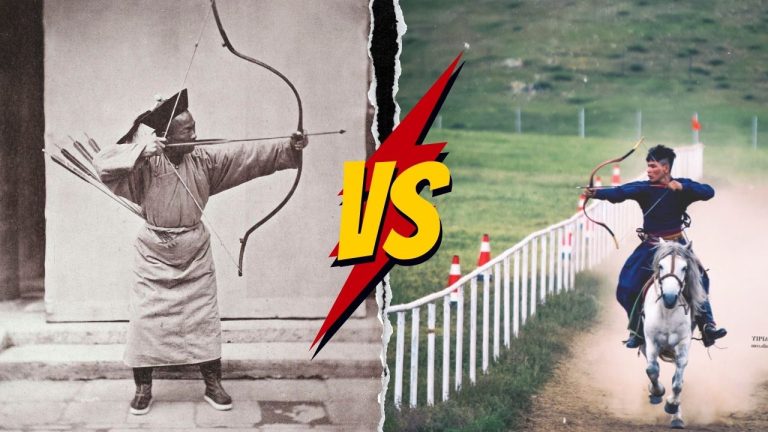
Mongol Bow vs Manchu Bow | The Differences
I’ve always loved traditional archery, especially the unique designs of ancient bows. The Mongolian and Manchu…
Other Products
-
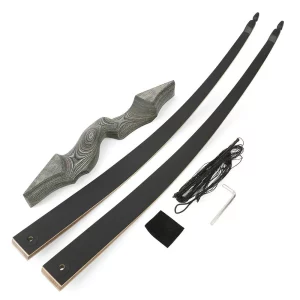 Accessories16 products
Accessories16 products -
 Manchu Bows1 product
Manchu Bows1 product -
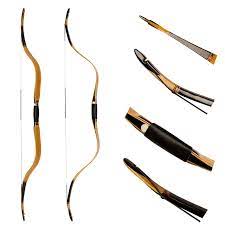 Mongolian Bows8 products
Mongolian Bows8 products -
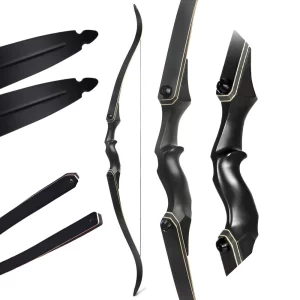 Takedown Recurve Bow3 products
Takedown Recurve Bow3 products -
 Turkish Bows5 products
Turkish Bows5 products
